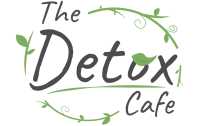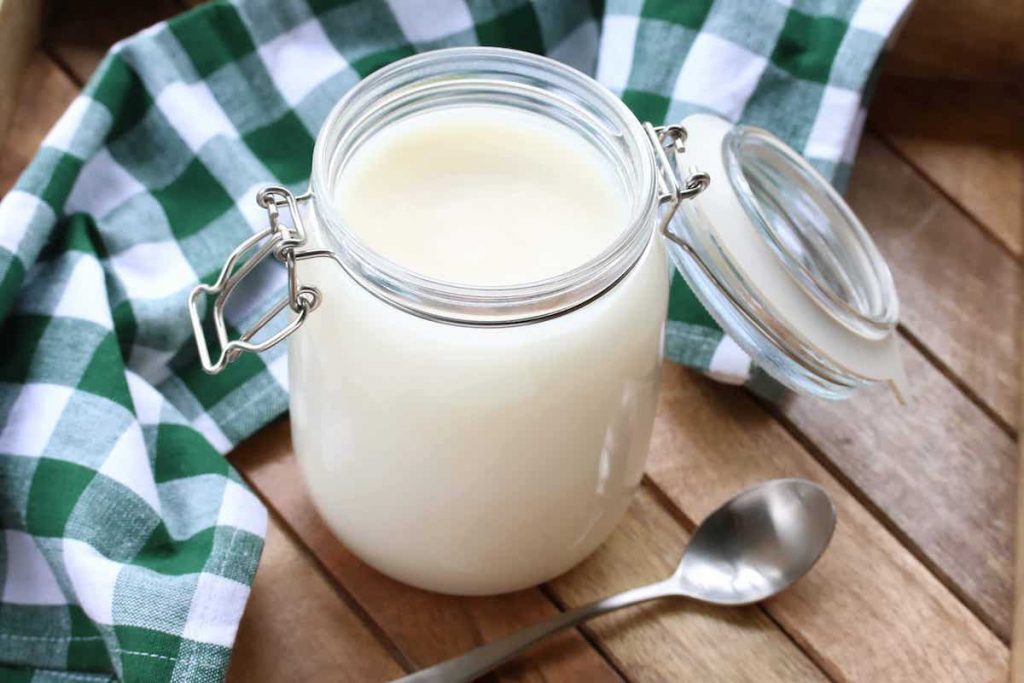What’s the secret behind a yummy and flaky pie crust or Mexican tamales? You guessed it: lard.
Used in kitchens for decades, there has been much debate about lard. Although it is known for adding flavor to its dishes, lard is also associated with adverse effects on one’s health, such as heart disease. As a result, many cooks and foodies choose to switch from lard to healthier alternatives.
But what exactly is lard? Is it unhealthy for you or is it a misjudged form of fat?
What is Lard?
If you have cooked bacon and saved the grease for something else, you’re familiar with the idea of lard. After all, lard is rendered pig fat, strained for a smoother and whiter fat base. Spreading lard on toast like butter is an odd concept, but lard is often used for cooking. Cooks and chefs swear by its delicate and neutral flavor, which enhances the taste of pie crust and biscuits.
Lard is also the star ingredient in many cultural and regional dishes. It is a common ingredient in Southern dishes, as well as in Latin cuisine. Lard enriches the flavor of your favorite empanadas, beans and tamales. And as mentioned above, it is the secret behind the flakiest biscuits and pie crusts.
Is Lard Healthy or Not?
Lard is a fat source that has no carbohydrates or proteins. Regardless of what you may have heard about fat, lard isn’t necessarily a bad thing. Fats are still essential since they provide energy, as well as help your body absorb more vitamins.
Fats like lard also moderate your body’s carbohydrate response. Since fats digest at a slower pace, eating fats with your carbohydrates reduces the likelihood of a sugar crash.
Discussions about the health benefits of fat often involve the concept of “bad fats” and “good fats.” These are terms referring to saturated fats and unsaturated fats. In general, saturated fats are associated with heart diseases whereas unsaturated fats are healthier fats that protect the body against chronic diseases.
However, what most people don’t know about fat is that most fat-containing foods are made up of more than just one type of fat. Most fat-containing foods have a unique mix of saturated and unsaturated fats. In the case of lard, a tablespoon of lard (13 grams) has 5 grams of saturated fat, 5.8 grams of monounsaturated fat and 1.4 grams of polyunsaturated fat. Comparing it with butter’s saturated fat content (7.2 grams), lard has less saturated fat. But compared to olive oil (1.9 grams), it has more saturated fat, making lard a middle-of-the-road choice.
Apart from the reasonable fat content, lard is a good source of vitamin D, which is essential in supporting your immune system, promoting healthy teeth and bones and supporting cardiovascular health and lung function.
Other health benefits of lard include:
- Although it’s not vegan or vegetarian, lard is dairy-free, unlike butter and heavy cream. Compared to other fat sources, lard is one of the healthiest options in the group.
- It’s a natural ingredient that contains no trans fats. When consumed in moderation, lard has less saturated fat compared to coconut oil and butter.
Is It Healthier to Cook With Lard?

There is no single ingredient that can make or break your health. If you practice a well-balanced diet (meaning you consume plenty of whole grains and fresh fruits and vegetables, as well as modest amounts of fried foods and sweets), cooking with lard shouldn’t make a huge difference to your health and diet.
Although olive oil is healthier compared to lard, some food products need lard for their texture. Olive oil is not a good replacement when cooking Latin foods like empanadas or tamales. It won’t also give your pie its trademark flaky texture.
The campaign against saturated fat, however, has led more health-conscious cooks to find substitutes for lard. Lard substitutes, like vegetable shortening, are made up of trans fats (partially hydrogenated fats, which are associated with health risks.
Apart from health concerns, cooking with lard has also raised debate with cultural cooking practices. Since some cultures traditionally use lard, they may be faced with the choice of going with the traditional option (lard), settling for a substitute or completely avoiding any fat.
There is no clear yes or no when it comes to the question “Should you cook with lard or not?” Your choice of cooking fat depends on the meal.
If you’re cooking food that can use olive oil, then go with olive oil. But if it’s a choice between olive oil and lard when baking well or making tamales, it’s best to go with lard.
What Type of Lard Should You Buy?
Your preferred lard type determines where to buy it. Most grocery stores stock shelf-stable lards in the Hispanic or international aisle. Also, there’s a high chance you’ll find some fresh lard in the meat section. You can also shop for fresh or packaged lard at your local Hispanic market.
If markets and groceries aren’t options, drop by your local butcher. Ask for fresh back fat or buy fresh lard. These are your best bets to avoid unhealthy trans fats. When buying fresh lard, keep in mind that this lard type will not last as long as the shelf variety.
How to Make Lard

But what if you want to try your hand at homemade lard? Should you try your hand at making lard?
You should but word of advice: the lard-making process requires plenty of patience, especially throughout the rendering process. If you’re not careful with the heat, you can easily burn the fat, causing the lard to look and taste burnt.
Always cook at medium heat and look for clear bubbles. When cooked right, the color of the lard will be light gold. It will also be white and creamy once it has solidified.
To make lard:
- Cut your pork fat into 1-inch squares.
- Add the fat into a thick-bottomed pot before pouring ½ cup of cold water. You can use a Dutch oven or a cast-iron skillet.
- Place the pot/skillet over medium heat, uncovered.
- Let the water cook the pork and render the fat. Stir periodically to keep the fat from sticking.
- Once the oil starts to pool, scoop it out and strain it into a container or jar.
- Do this gradually to build up your lard. The entire process can take up to an hour. Once it’s done, you’ll have a container or jar full of rendered pork fat. Set it aside.
- Once the lard is cool, keep it in the fridge. Let the fat solidify and turn into a creamy white color, similar to cream cheese.
Why You Should Cook with Lard
Lard, consumed in moderation, will not negatively impact your health. Cooking with lard can provide the following benefits of cooking:
- Vegetables roasted in lard come out crisper. Most people prefer to cook their vegetables with olive oil, but the result is often greasy and soggy.
- Lard has a neutral flavor, unlike other oil options. Coconut oil, for example, adds a mild to moderate coconut flavor to dishes. So for deep-frying and sautéing, lard is your best option. Due to its neutral flavor, it also works well in baked goods.
- Lard is also a baker’s best friend. Traditionally, lard was used for making flaky pie crusts and deep-frying donuts. The tenderness and moisture of lard greatly enhance the flavor and texture of baked goods.
- It also tastes amazing. Pork lard is one of the most wholesome cooking fats chefs and cooks can use. Lard is undeniably delicious. With its subtle aroma and taste, everything you cook in lard will not taste like pork.
Lard has been both the friend and enemy of bakers, cooks and chefs. Its impact on one’s health has been debatable but there’s no questioning that lard is a must-have in any kitchen. Enjoy cooking healthily with lard!


